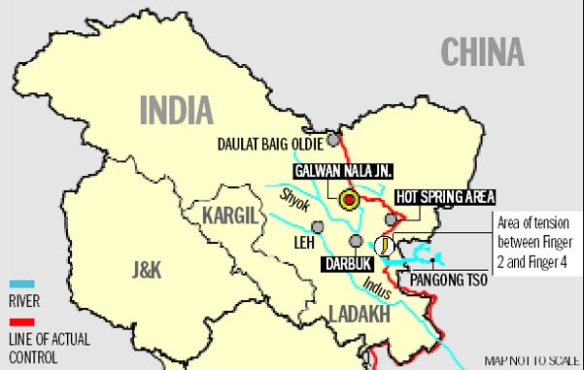7667766266
enquiry@shankarias.in
According to a new study, converting annual crops to perennial bioenergy crops can induce a cooling effect on the areas where they are cultivated.
Reference
Reference
The Reserve Bank of India (RBI) has come out with the framework for facilitating small-value digital payments in offline mode.
Reference
China is constructing a bridge in Ladakh connecting the north and south banks of Pangong Tso (lake), which will significantly bring down the time for the Chinese Army to move troops and equipment between the two sectors.

Reference
Reference